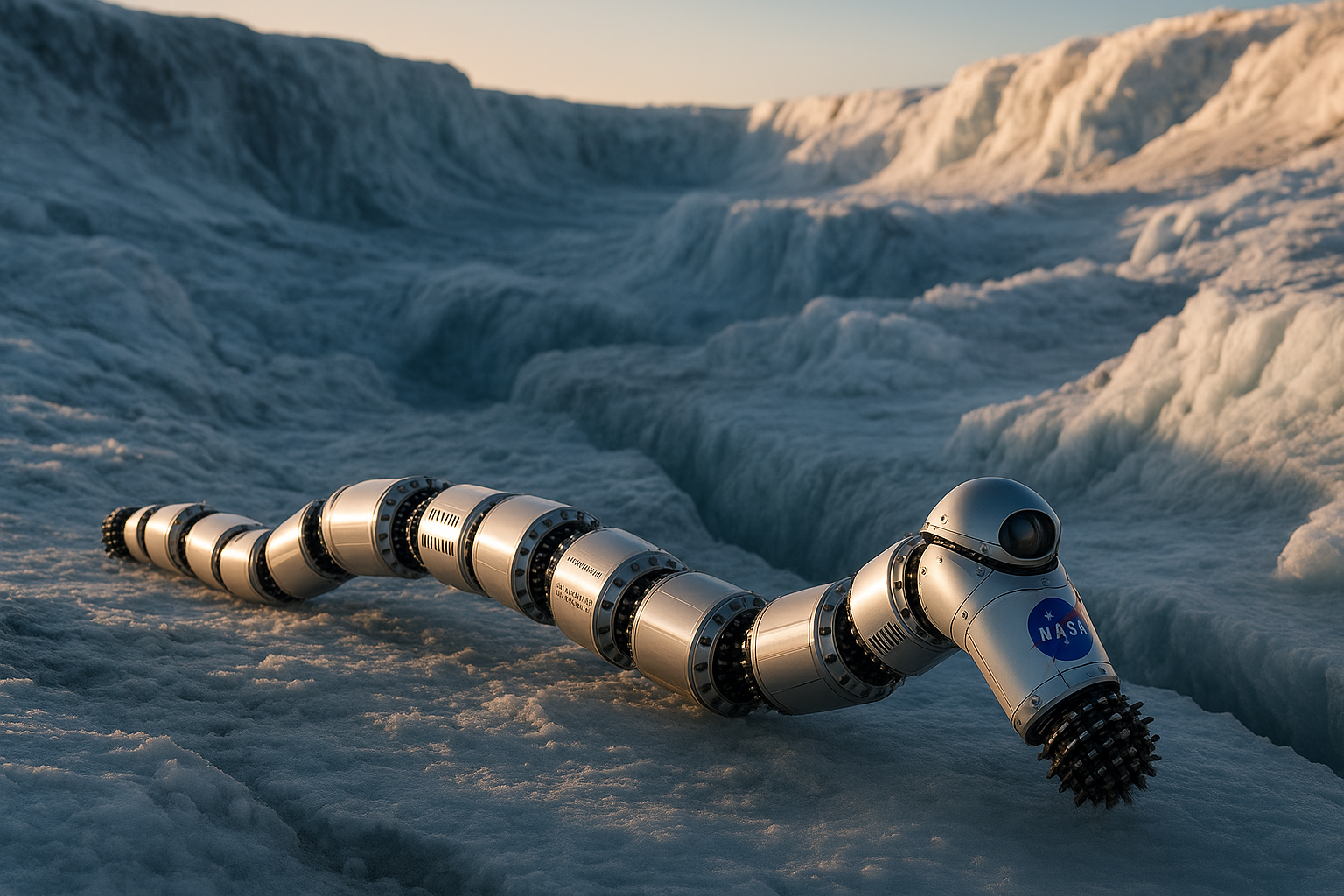Space exploration is a quest for information, and in this field, **space robotics** has become an indispensable ally to humanity. Robots are the perfect scouts, capable of venturing into environments that humans cannot tolerate, or in locations too distant for rapid intervention. From rovers on Mars to autonomous probes, these intelligent machines are constantly pushing the boundaries of our knowledge of the solar system and beyond.
Their role is crucial: they collect vital scientific data, inspect facilities, and prepare the ground for future crewed missions. The integration of **mechatronics** (combining mechanics, electronics, and computer science) and **artificial intelligence** (AI) allows these systems to become increasingly autonomous and efficient in extreme conditions.
The Planetary Ambassadors: Probes and Rovers
The most famous robots are undoubtedly the rovers that roam the surface of Mars. From pioneers like **Sojourner** (1997), to heavier exploration vehicles like **Spirit** and **Opportunity**, and more recently **Curiosity** and **Perseverance**, these robotic explorers have the primary mission of searching for signs of past or present life. Their design is an engineering feat, allowing them to withstand extreme temperatures and radiation.
These long-duration missions are made possible by key technological advances, particularly in the following areas:
- **Navigation Autonomy** : Rovers can choose their own scientific targets and navigate dangerous terrain without waiting for commands from Earth, which is crucial given the significant **communication delays**.
- **Resistance to Constraints** : Their design allows them to cope with **environments inhospitable to humans**, including low temperatures, high radiation levels, and dust storms (as demonstrated by Opportunity).
- **Evolution of Payload** : The mass of onboard scientific equipment has increased dramatically (from 5 kg to 75 kg on Mars), offering unprecedented analytical capabilities.
Bridging the Gap: The Role of Assistant and Repair Robots
Robotics is not solely dedicated to distant planets. In near space, humanoid robots like **Robonaut 2** aboard the ISS serve as versatile assistants, freeing astronauts from repetitive or dangerous tasks, and managing logistics. Moreover, the future of space operations relies on the ability to maintain and repair existing equipment, a task now entrusted to specialized robots.
- **In-Orbit Servicing (ISAM)** : Missions like **OSAM-1** plan to use robots to inspect, refuel, and repair aging satellites in orbit, extending their lifespan and managing debris.
- **Extreme Explorers** : New concepts, such as JPL's snake-like robot **EELS**, are designed to navigate environments inaccessible to traditional rovers (canyons, subsurface oceans on moons like Enceladus).
- **Human-AI Partnership** : Onboard AI allows future robots to proactively detect and analyze important scientific events. Eventually, conversational assistants like chatbots will help astronauts with troubleshooting and real-time discoveries.
🚀 An Automated, Not Solitary Future
Although robots are increasingly autonomous, the scientific consensus remains that the most effective exploration involves a **synergy between human and machine**. Robots pave the way, taking the risks, and humans bring the ingenuity, adaptability, and responsiveness that no algorithm can yet match.
The rise of private companies in space robotics, such as **Astrobotic** and **GITAI**, is also accelerating the development of modular landers and rovers for the Moon, paving the way for the exploitation of space resources.
Ultimately, space robotics is the extension of our own curiosity, a force multiplier that ensures the next step in the exploration of the Universe will be safer, faster, and deeper than ever.

